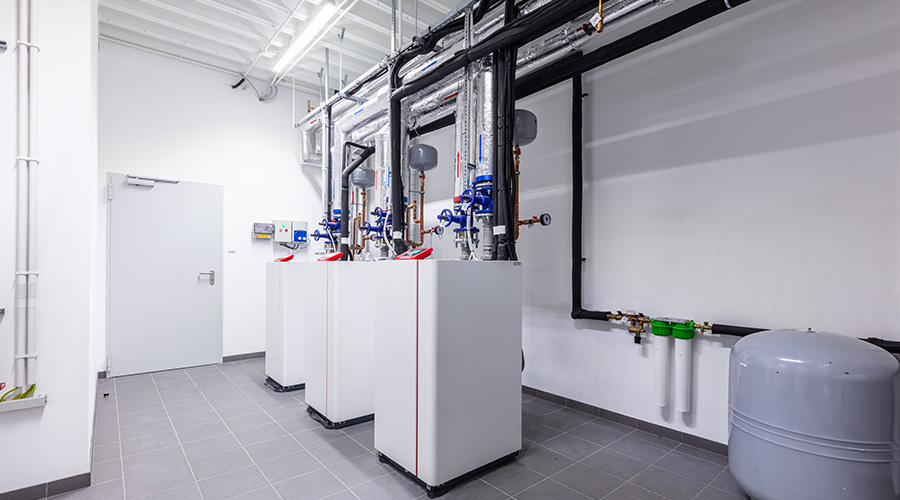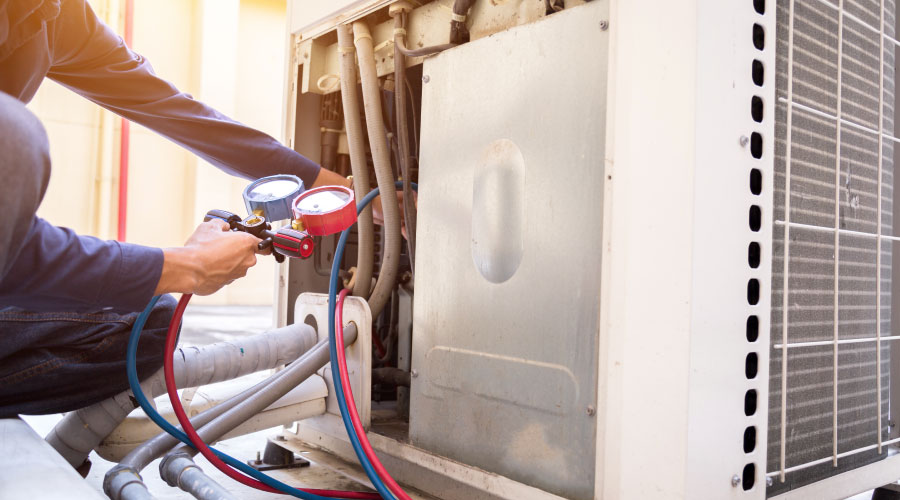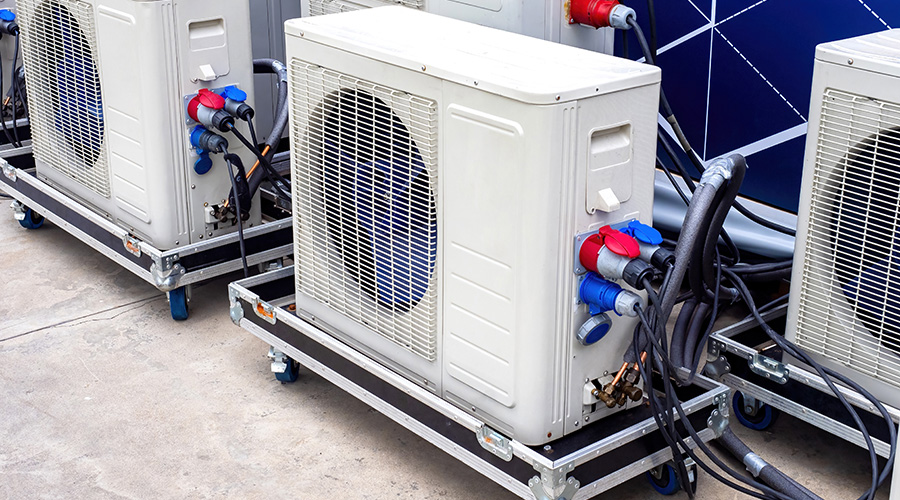Retrocommissioning Helps Identify HVAC Inefficiencies
Managers also can identify energy waste in HVAC systems and determine ways to improve system efficiency through retrocommissioning. During construction, commissioning is one of the last steps in the process before a facility is turned over to the owner. It establishes and documents that the installed systems and components function and perform in compliance with the project's requirements.
By comparison, retrocommissioning of HVAC systems applies the commissioning process to systems within an existing building with the goal of restoring functionality and performance of those systems comparable to when the building was new, with one exception: Facilities change, creating changes in demands on the HVAC systems. In those cases, retrocommissioning identifies the changes needed to meet the new performance demands.
Why is retrocommissioning a necessity? In all system operations, sensors and controls drift out of calibration, damper seals wear and fail to seal properly, ducts develop leaks, and dirt accumulates on heat-transfer surfaces. All of these issues contribute to performance creep. But retrocommissioning does more than counteract performance creep.
Most buildings operating today never went through a commissioning process when they were new. Inefficiencies built into those systems were never identified or corrected. Even with the best maintenance practices, these inefficiencies will continue to be a drag on system efficiency
and performance.
Retrocommissioning helps managers identify the entire range of issues harming system performance, including system creep, improper operation, and design errors and defects that date back to the original installation. Typical deficiencies identified during the process include sensors and controls out of calibration, leaking dampers, cooling towers with poor water-flow patterns, improperly balanced systems, simultaneous heating and cooling, and damaged duct and pipe insulation.
Managers should not undertake retrocommissioning lightly. It requires commitment on the part of the organization, both in terms of the cost of the retrocommissioning study and the cost of the corrections and modifications the process identifies. On average, managers can expect to pay $0.50 or more per square foot to complete the study.
Implementation costs for correcting deficiencies identified by the study will vary with the age and condition of the systems, as well as with the quality of the original construction and past maintenance practices. Payback for the cost of the study is typically measured in months, not years.
All three of the above tools can help managers reduce the energy use of their HVAC systems, but to make those reductions permanent or the first step in actually controlling system energy use, managers must change the culture of their operations. Without a change from reactive maintenance — with its quick fixes — to one of managing system operation, any gains from these strategies will slowly fade away. The behaviors of everyone involved, from the technician sent to correct an issue to the manager who oversees the department, must change. Just good enough is no longer good enough.
James Piper, P.E., is a national consultant based in Bowie, Md. He has more than 25 years of experience with facilities engineering and maintenance issues.
Related Topics:













